Can I Ise Almond Flower to Coat Beef
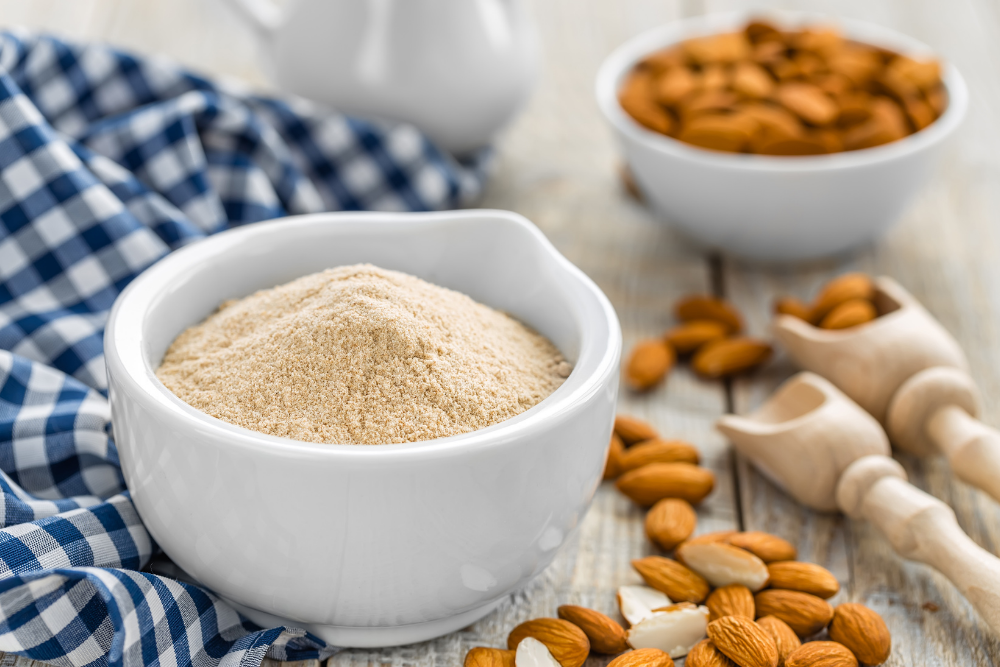
I often bake with almond flour and therefore get a lot of questions about how the flour works. In this article, I will discuss everything you need to know about almond flour, how it works in baking, how to swap almond flour for regular flour, and a few recipes that call for the nutrient-dense, low-carb flour. This post contains affiliate links. Please see my disclosures.
Almond flour is a nutrient-dense, low-carb, grain-free, keto-friendly flour made from almonds. Like the nut, almond flour is high in fat, which ensures baked goods are moist and tender.
Blanched almond flour is most commonly used in baking. Blanched almond flour is made by removing the outer skins of the almond and then grinding the nut into a flour texture.
Please note that blanched almond flour is different from almond meal. Almond meal is made by grinding both the skin and almond. Almond meal has a coarser texture, whereas blanched almond flour has a smoother texture that is more in line with flour.
Almond flour works best for baking (vs. almond meal), although some recipes call specifically for almond meal.
You can bake cookies, pie crusts, cakes, cupcakes, breads, muffins and French macarons with almond flour, and use it to bread chicken, as a breadcrumb swap in meatballs, and so much more!
Nutritional Benefits of Almond Flour
Almond flour can be beneficial to someone looking to reduce their carbs, grains and sugar intake. Unlike wheat or rice flour blends, almond flour contains no grains and therefore does not spike blood sugar in the same way white or whole grain flours do.
According to Bob's Red Mill, for every 1/4 cup of almond flour, there are 14 grams of fat, 6 grams of protein, 6 grams of carbohydrates, and 3 grams of fiber.
Almond flour has a low glycemic index ranking, which means it doesn't spike your blood sugar when you eat it (click for more info on glycemic index) and is often used by diabetics in lieu of white and whole grain flours.
Almond flour is gluten free and paleo, so naturally people with celiac disease and gluten sensitivities bake with it.
Additionally, almond flour contains Vitamin E, an antioxidant that helps your body combat oxidative stress, and, on top of that, it contains the same amount of calcium as a glass of milk per serving.
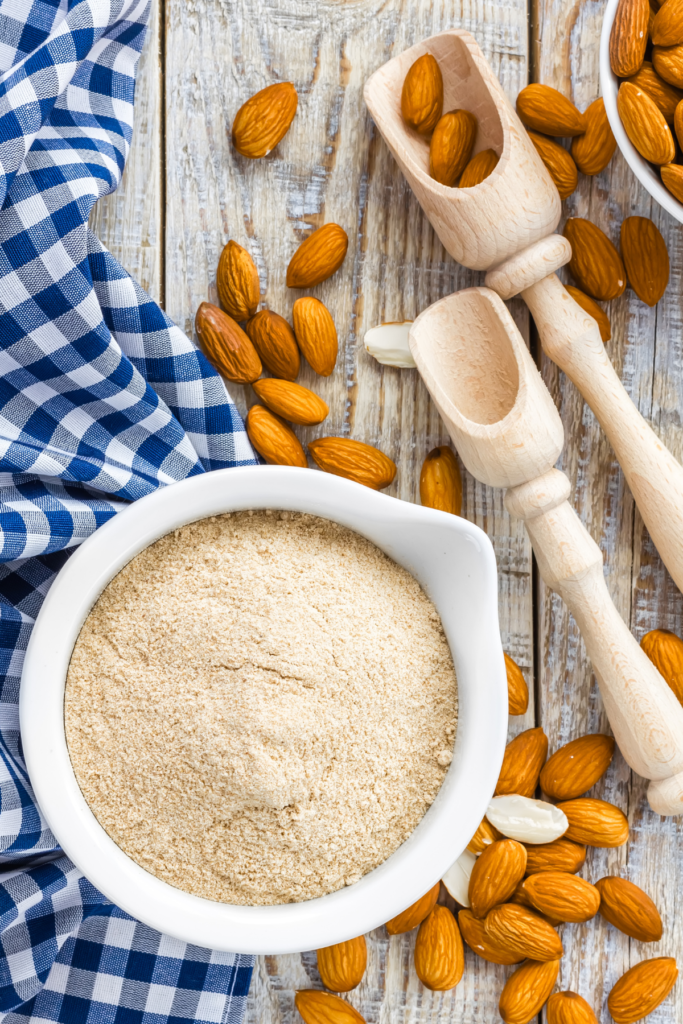
Baking with a gluten-free flour blend instead of almond flour? Read my article, Your Guide to Gluten-Free Flour Mixes and Blends, to understand how different flour blends work on different recipes.
Can Almond Flour be Used in Place of Regular Flour?
Many people wonder if almond flour can be used in place of regular flour. The answer is yes and no. It's important to understand the context of the question first.
Yes, almond flour can be a wonderful flour to bake with and amazing white flour substitute; however, it cannot be swapped on a one-to-one, measure-for-measure or cup-for-cup basis in recipes that call for wheat or gluten-free flour.
If you're new to baking with almond flour, I recommend working from a recipe and getting used to the texture of the flour.
Again, it's a high-fat flour (14 grams of fat per 1/4 cup serving) and therefore contains a lot of moisture. Baked goods with too much almond flour often look and feel greasy.
To avoid this mishap, you must adjust the amount of almond flour, liquid and fats used in a recipe.
Here are a few tips to baking with almond flour:
(1) Measure well
Do not pack almond flour when measuring it. It should fit loosely in your measuring cup. Too much almond flour can make your baked goods too dense. I simply scoop almond flour from my bag or jar and then use a butter knife to sweep the excess off of the top. If measuring almond flour by weight, 1 cup of blanched almond flour weighs 4 ounces.
(2) Use less flour
If you're converting a wheat flour or gluten-free flour recipe to an almond flour recipe, you'll need less almond flour for every cup of regular flour.
King Arthur Baking offers the following guidelines to baking with almond flour:
- For yeast baking (think bread, rolls, pizza), add up to 1/3 cup almond flour per cup of wheat or gluten-free flour.
- For non-yeast baking (think cookies, scones, cake, biscuits, muffins), use 1/4 (25 percent) less almond flour. For example, if a recipe calls for 1 cup of flour, use 3/4 cup of almond flour.
(3) Add a binder
When baking with almond flour, you'll need some sort of binder — xanthan gum, guar gum or psyllium husk — to add structure to your baked goods. These binders are used in gluten-free flour blends to help "bind" the flours together when no gluten (the "glue" of a baked good) is present.
(4) Lower cooking time and temperature
Baked goods using almond flour tend to bake faster. If you're trying to convert a wheat flour recipe with almond flour, lower the temperature by 25º and cook for one-fourth less time (keep an eye on your baked goods to ensure they don't burn).
(5) Cool in the pan
Almond flour baked goods are more moist and can fall apart more easily after baking. Allow almond flour baked goods to cool completely on a baking sheet or pan before removing them. This will ensure they firm up as they cool and will be more likely to hold their structure.
Can Almond Flour be Used in Place of Coconut Flour?
If you swap almond flour for coconut flour, your recipe will likely flop. Coconut flour soaks up more moisture than almond flour, requiring your recipe to either contain more liquids or less flour. Therefore, if you're baking with coconut flour, you'll need much less of it to create the same recipes.
A lot of recipes call for some almond flour and some coconut flour. The almond flour will net a moist baked good, while the coconut flour will dry it out a bit. A little of both may result in a perfectly textured treat or bread.
How Long Does Almond Flour Last?
Almond flour is prone to going rancid more quickly than regular flour and should be stored properly to ensure it can be used for months after opening.
Store sealed packages of almond flour in the fridge for six months or the freezer for up to a year. If you forget to store the flour in the fridge or freezer, smell it before using in a recipe. You'll smell if it's gone rancid.
Ironically, almond flour increases the shelf life of baked goods. Because of it's high fat content, your baked goods are moister longer.
What Brands of Almond Flour Do You Recommend?
I have not been able to test all brands, but I have found most almond flour brands to work similarly. Just be sure to purchase blanched almond flour unless specifically noted otherwise.
Brands to consider include:
- Wellbee's Blanched Almond Flour
- Honeyville Blanched Almond Flour
- Bob's Red Mill Almond Flour
Remember, if you buy almond flour in a large container or in bulk, store it in your freezer to prolong its shelf life.
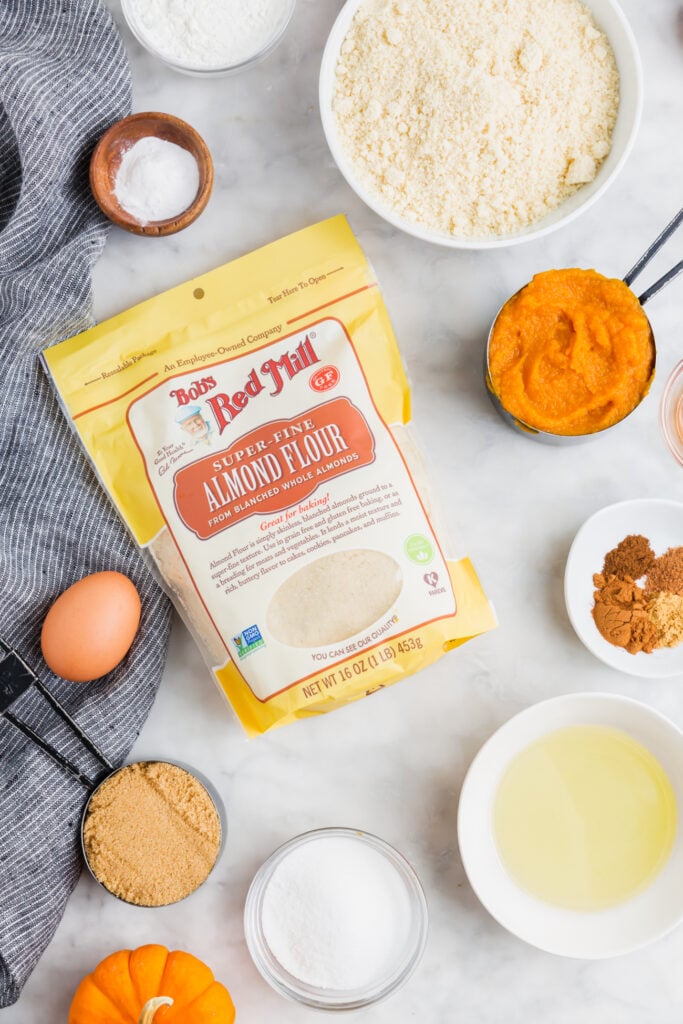
Recipes with Almond Flour
One of the best books about baking with almond flour is the Gluten-Free Almond Flour cookbook by Elana Amsterdam. It's one of the first cookbooks I bought after switching to a gluten-free diet and I highly recommend it.
Here are a few other recipes you can make with almond flour, although I encourage you to experiment converting some of your favorite recipes into almond flour masterpieces!
Almond Flour Chocolate Chip Cookies: These classic Almond Flour Chocolate Chip Cookies are perfect for anyone experimenting with almond flour. You'll notice the cookies are soft and moist thanks to the high fat content in almond flour.

Almond Flour Bagels: These bagels are made with delicious almond flour and have a wonderful taste and texture. Get my almond flour bagel recipe.
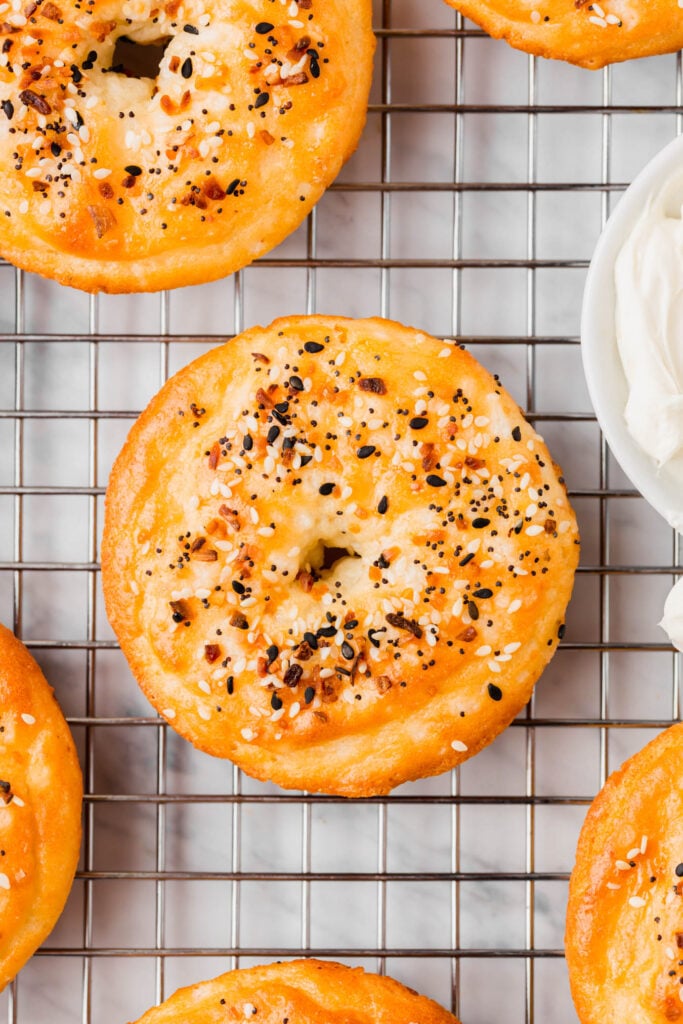
Almond Flour Chocolate Chip Muffins: These lightly-sweetened and moist almond flour chocolate chip muffins are perfect for breakfast, snacking or dessert.
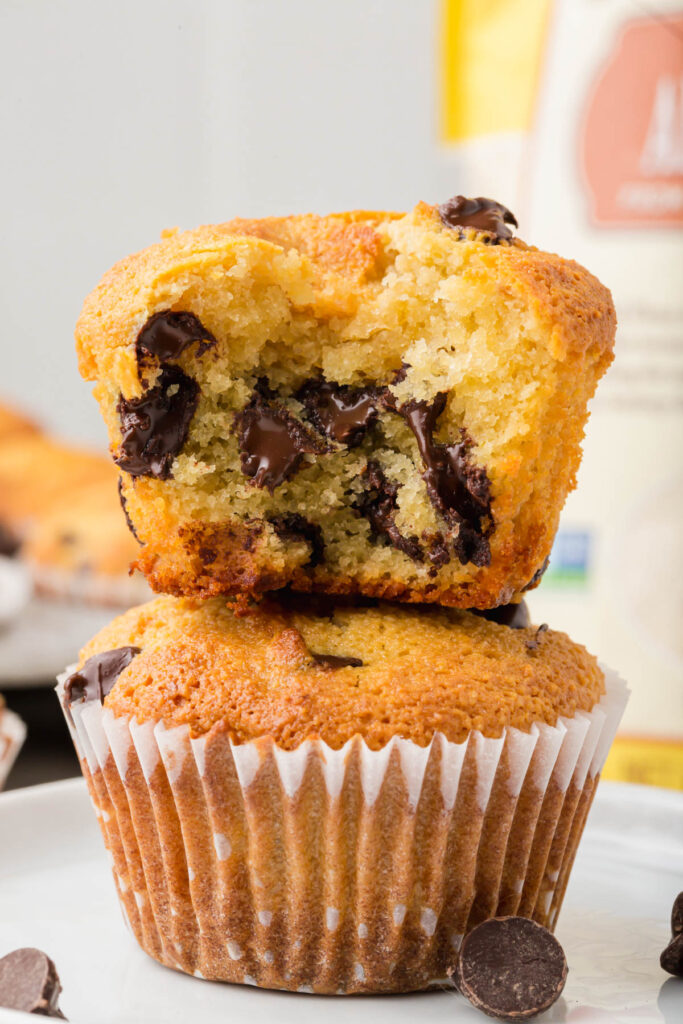
Almond Flour Thumbprint Cookies: These soft and moist almond flour thumbprint cookies make for an excellent sweet treat.

Almond Flour Cupcakes: These melt in your mouth Pumpkin & Almond Flour Cupcakes are perfect year round and taste moist and sweet.
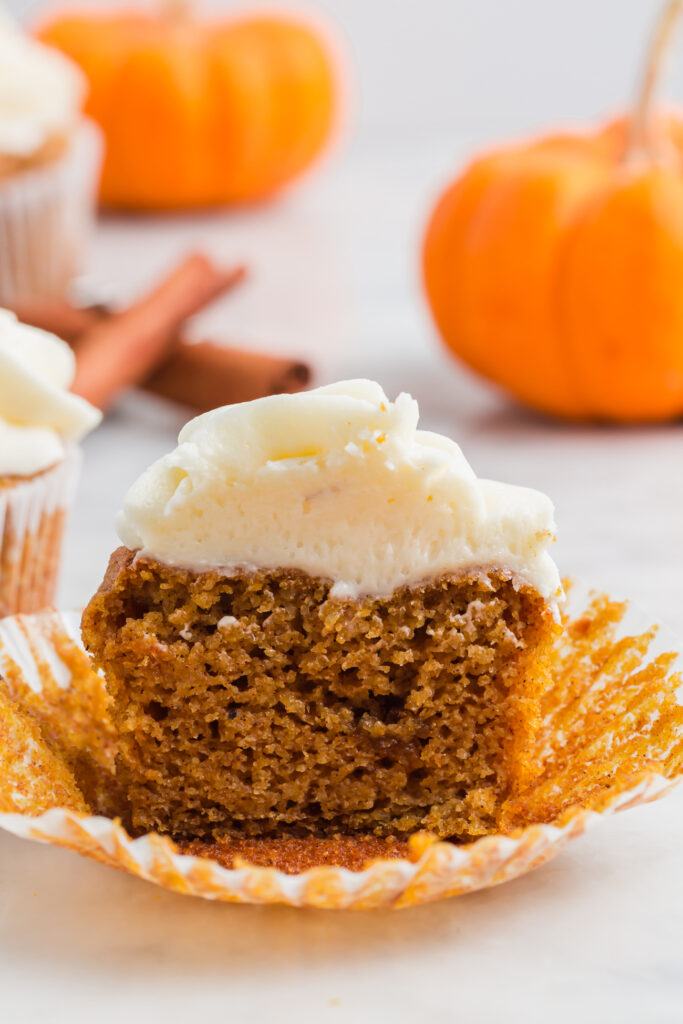
Chocolate Mug Cake: Make this Paleo Chocolate Mug Cake using almond flour and a few pantry staple ingredients. It's the perfect indulgence for one.
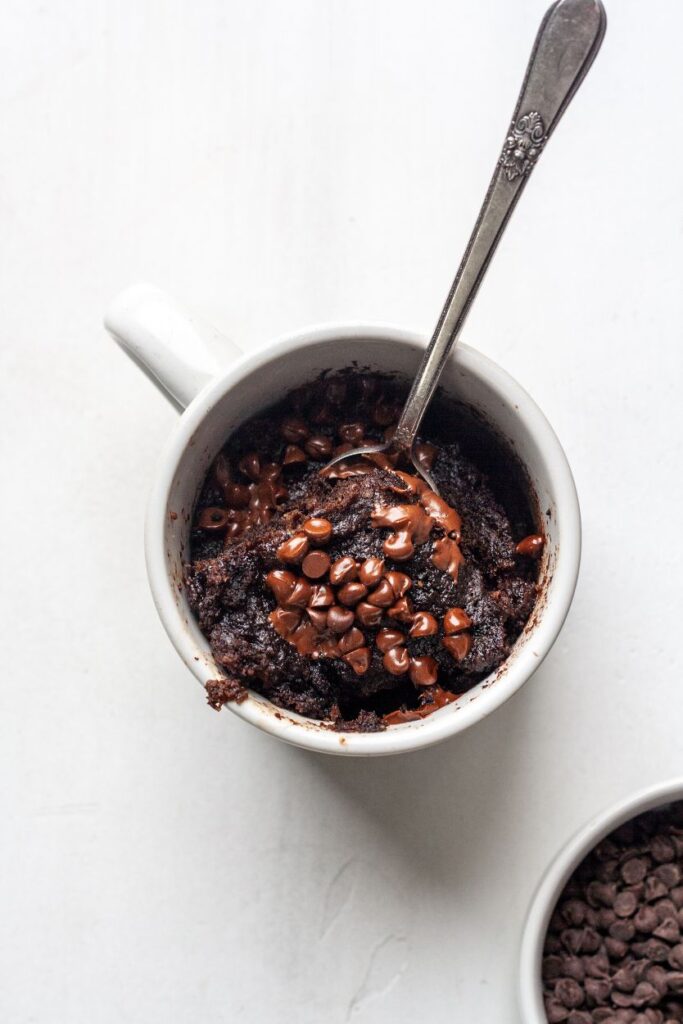
Don't forget! For more almond flour recipes, check out this awesome almond flour cookbook.
Source: https://www.goodforyouglutenfree.com/almond-flour-in-place-of-flour/
0 Response to "Can I Ise Almond Flower to Coat Beef"
Post a Comment